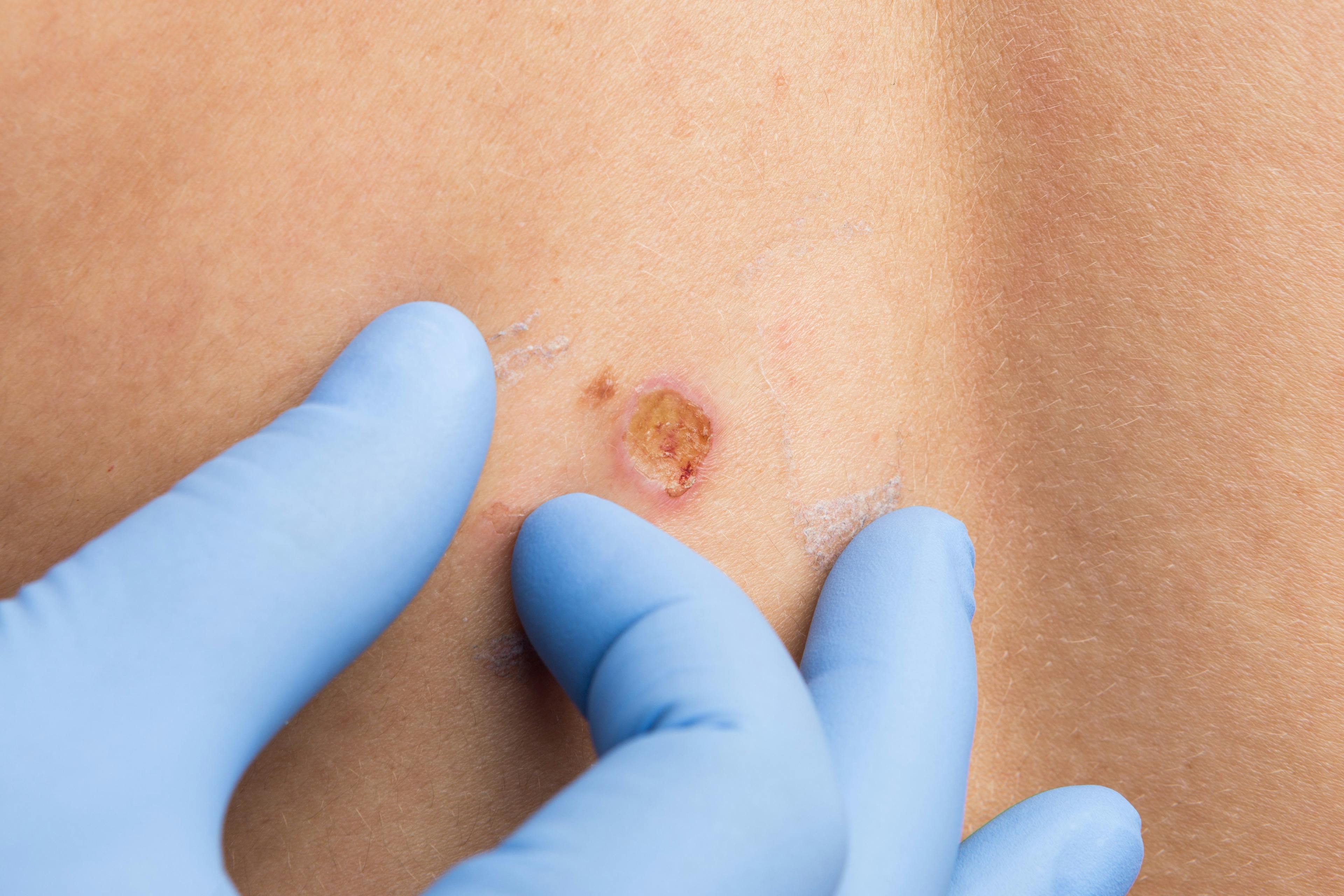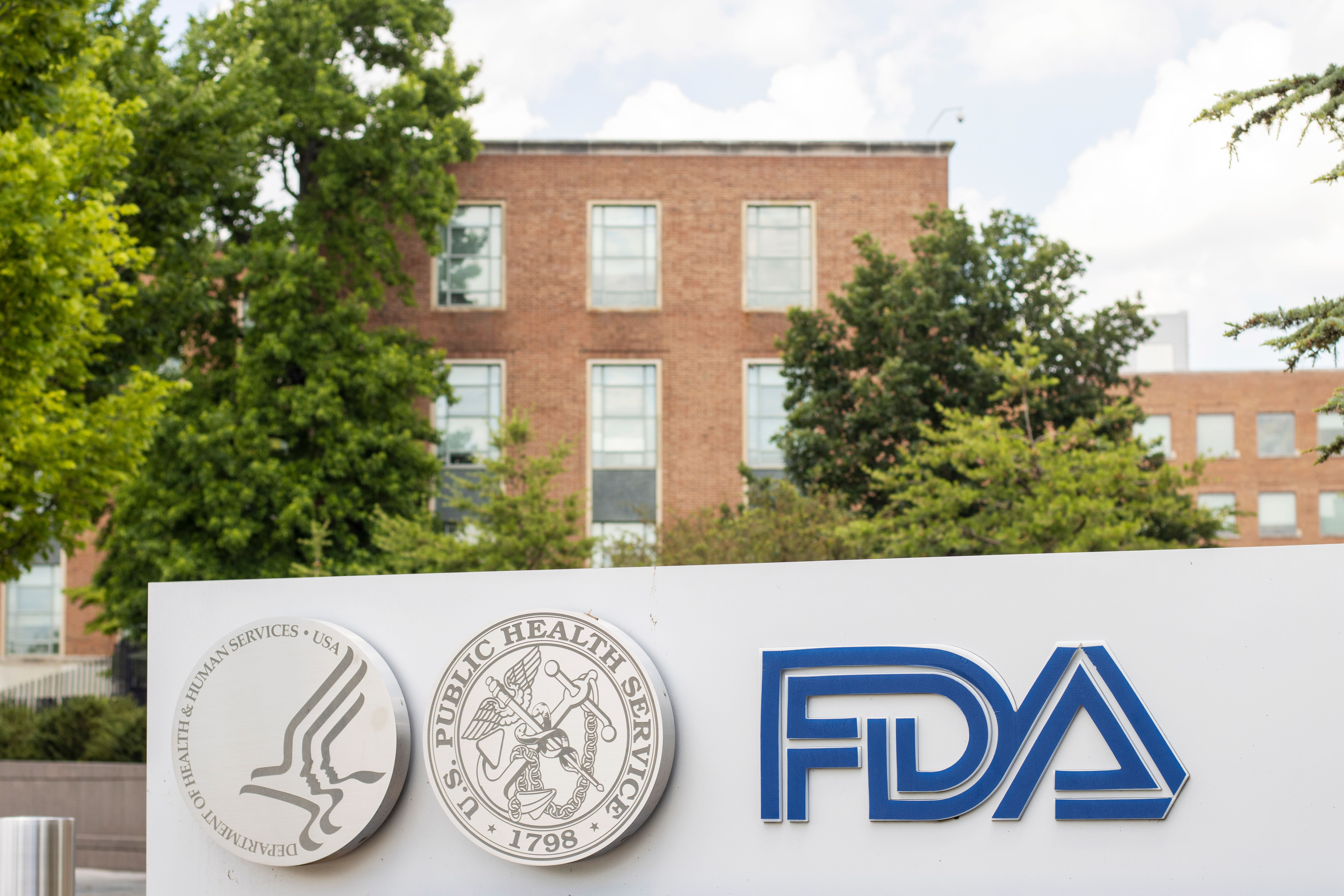- Acne
- Actinic Keratosis
- Aesthetics
- Alopecia
- Atopic Dermatitis
- Buy-and-Bill
- COVID-19
- Case-Based Roundtable
- Chronic Hand Eczema
- Chronic Spontaneous Urticaria
- Drug Watch
- Eczema
- General Dermatology
- Hidradenitis Suppurativa
- Melasma
- NP and PA
- Pediatric Dermatology
- Pigmentary Disorders
- Practice Management
- Precision Medicine and Biologics
- Prurigo Nodularis
- Psoriasis
- Psoriatic Arthritis
- Rare Disease
- Rosacea
- Skin Cancer
- Vitiligo
- Wound Care
Publication
Article
Dermatology Times
Lipid-Lowering PCSK9 Inhibitors May Reduce Psoriasis Risk
Author(s):
It has been hypothesized that some lipid-lowering drugs are disease-modifying for psoriasis, and the use of lipid-lowering drugs in the management of psoriasis symptoms is currently being explored
The association between psoriasis and dyslipidemia is well established, although pathogenic pathways are not yet understood.1 Among patients with psoriasis, dyslipidemia is common and increases the risk of cardiovascular morbidity and mortality.2 Patients with moderate to severe psoriasis should be routinely screened for dyslipidemia.3 It has been hypothesized that some lipid-lowering drugs are disease modifying for psoriasis, and the use of lipid-lowering drugs in the management of psoriasis symptoms is currently being explored.1
Investigators at The University of Manchester in England, led by Sizheng Steven Zhao, MD, PhD, in the Division of Musculoskeletal and Dermatological Science, wanted to explore the causal association between various lipid-lowering drugs and the risk of psoriasis. In their paper, the authors explained several benefits associated with studying the effect of lipid-lowering drugs on psoriasis risk, including an improved understanding of psoriasis pathogenesis, the opportunity for personalized treatment in patients with both dyslipidemia and psoriasis, and the possible repurposing of lipid-lowering drugs for psoriasis management, such as the potential “development of topical PCSK9 inhibitors.”1 In addition, they speculate that “targeting lipid pathways may offer lower theoretical risk of adverse events associated with direct immunosuppression.”1
In their study, the authors used genetic variants as proxies for the inhibition of various enzymes involved in the lipid-generation pathway.1 Using mendelian randomization, more than 1 million patients were analyzed for genetic variants that mimicked the effects of various lipid-lowering drugs on levels of low-density lipoprotein (LDL). Enzymes proxied for inhibition included HMG-CoA reductase (HMGCR), NPC1L1 (targeted by NPC1L1 inhibitors such as ezetimibe), and PCSK9 (targeted by PCSK9 inhibitors such as alirocumab).1 The authors selected genetic variants associated with reductions in LDL because all 3 drug classes reduce LDL levels. Genetic associations for psoriasis were obtained using genome-wide association studies for patients with psoriasis and controls in 2 publicly available databases (UK Biobank and FinnGen study).1
The investigators found that genetically proxied inhibition of PCSK9 was associated with a significantly reduced risk of psoriasis (odds ratio [OR], 0.69 per standard deviation reduction in LDL; P = .003). These findings were replicated in FinnGen (OR, 0.71; P = .002).1 The investigators found a consistent but not statistically significant association between NPC1L1 inhibition and reduced psoriasis risk. No association was found between genetically proxied inhibition of HMGCR and psoriasis risk. Furthermore, no association was found between genetically proxied reductions in LDL and psoriasis risk.1
This study suggests that PCSK9 is involved in psoriasis pathogenesis. Moreover, the authors asserted that the association between PCSK9 and psoriasis risk seems to be independent of LDL levels, as no association was found between overall LDL levels and psoriasis risk. Alirocumab and evolocumab are the 2 monoclonal antibodies that inhibit the action of PCSK9 and are currently FDA approved in the United States.4 It has been shown that patients with psoriasis actually have higher PCSK9 levels, which may be associated with atherosclerosis and cardiovascular risk in these patients.5
“There is evidence to suggest that PCSK9 is also implicated in inflammatory pathways such as tumor necrosis factor and IL-17. Inhyperlipidemic mouse models, PCSK9 knockout reduced circulating IL-17 levels and differentiation of IL-17–producing cells,” the authors said.1
The authors also justified their findings on PCSK9 inhibition and reduced psoriasis risk in the context of multiple previous human and animal studies. Previous studies have found that “PCSK9 expression was higher in psoriatic plaques than normal skin in keratinocytes and epithelial cells of dermis blood vessels” and that “PCSK9 knockout mice had suppressed imiquimod reaction.”1
The authors contend that, collectively, the results from previous studies and their current findings “provide compelling evidence that PCSK9 is implicated in psoriasis pathophysiology.” Although they acknowledge that their analysis applies to only psoriasis onset, they insist that the aforementioned animal models demonstrate that PCSK9 could also be a potential target for treatment. However, the safety and efficacy of PCSK9 inhibitors for this purpose have not been established, thus future clinical studies are needed.1
The authors note that there is a small amount of literature on the relationship between statins and psoriasis severity, with findings that suggest a tentative reduction in severity. These findings contrast with those of the current study, which did not demonstrate evidence of an association between statins and disease onset. The findings the investigators provide on NPC1L1 and PCSK9 are relatively novel.
In summary, the study suggests that PCSK9 inhibition decreases the risk of psoriasis. This implies that existing PCSK9 inhibitors, which are currently indicated for hypercholesterolemia, could be used to prevent psoriasis. These findings warrant further exploration, including future studies to investigate the potential role of PCSK9 inhibition in psoriasis treatment.
References
- Zhao SS, Yiu ZZN, Barton A, Bowes J. Association of lipid-lowering drugs with risk of psoriasis: amendelian randomization study. JAMA Dermatol. 2023;159(3):275-280. Published correction appears in JAMA Dermatol. 2023;159(3):344.
- Miller IM, Ellervik C, Yazdanyar S, Jemec GB. Meta-analysis of psoriasis, cardiovascular disease, and associated risk factors. J Am Acad Dermatol. 2013;69(6):1014-1024. doi:10.1016/j.jaad.2013.06.053
- Elmets CA, Leonardi CL, Davis DMR, et al. Joint AAD-NPF guidelines of care for the management and treatment of psoriasis with awareness and attention to comorbidities. J Am Acad Dermatol. 2019;80(4):1073-1113. doi:10.1016/j.jaad.2018.11.058
- Pokhrel B, Yuet WC, Levine SN. PCSK9 inhibitors. StatPearls Publishing LLC; 2022.
- Garshick MS, Baumer Y, Dey AK, et al. Characterization of PCSK9 in the blood and skin of psoriasis. J Invest Dermatol. 2021;141(2):308-315. doi:10.1016/j.jid.2020.05.115

Newsletter
Like what you’re reading? Subscribe to Dermatology Times for weekly updates on therapies, innovations, and real-world practice tips.























